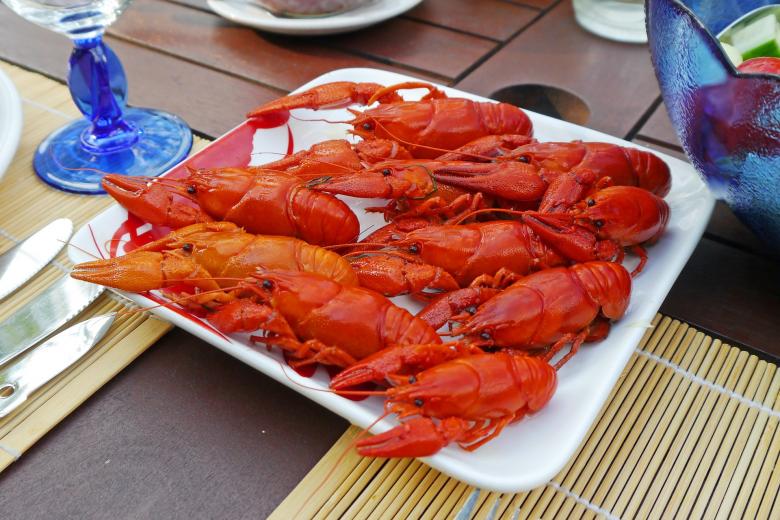Florida will flag off its commercial spiny lobstering season on August 6, 2025, a week after the mini-season ended. This is unlike 2024 when the two seasons had a nearly two-week gap.
Regulations remain similar to those of the 2024 calendar run in the ensuing eight lobstering months, till March 31, 2026.
Size limits are minimum 3 inches carapace length for all catches to ensure sustainability for juveniles that measure less.
Fishers can only harvest 6 lobster per person daily, including inside the protected Biscayne National Park and Monroe County (Florida Keys). In the mini-season however, the daily limit for all areas other than parks is 12 per person.
Some national marine monument areas are off limits, however, from the Everglades National Park to some parts of Biscayne National Park.
Pro-safety
Safety wise, deep sea divers need to install dive flags measuring a minimum 20 by 24 inches square atop their stationary boats.
Scuba divers have to float their boats some 300 feet from their diving points, which ensures safety during resurfacing.
Snorkelers using breathing tubes to catch lobster in shallow waters of 10-30 feet deep will also need to wear safety gear.
Not too Pricey
As summer in the United States brings affordable crustaceans, lobster prices in Florida start at $11.99 a pound for soft shell chix.
Deriving their names from “chicken” due to tenderness, chix are popular selections because they weigh a standard 1 to 1.2 pounds.
The steepest cost in seafood markets around Florida are for live hard shell lobster, at $14.99-16.99 a pound, end July 2025.
Based on preliminary production outlook, this could be an exciting commercial lobstering season for Florida. It might even reprise the over 4 million pounds the 2023-24 season landed. And as per the statistics below, this is just possible despite landings in recent years levelling off from the 1990s’ highs.
Florida Commercial Lobstering Statistics
The main spiny lobster season in the Sunshine State normally runs from August 6 to March 31, annually. Although this open season allows recreational fishing, it is commercial fishing that drives production, which last reached 4,702,267 pounds in 2023-24. In the same marketing year, Florida finished fourth in federal lobster landings after top-placed Maine with 110,230,440 pounds. Florida’s landings in the 2010s and beyond however depreciated by half from the 1991-92 highs of 8,651,806 pounds. The table below, courtesy of Florida Fishing, offers a glimpse of historical commercial landings while the next one tables recreational landings.
| Marketing Year | Total Commercial Landings [pounds] | All Landings [pounds] |
| 2008-9 | 3,250,260 | 4,285,147 |
| 2000-1 | 5,568,707 | 7,526,350 |
| 1997-98 | 7,640,177 | 9,944,364 |
| 1994-95 | 7,181,640 | 9,087,636 |
| 1991-92 | 6,836,015 | 8,651,806 |
| Marketing Year | Total Recreational Landings [pounds] | All Landings [pounds] |
| 2008-9 | 1,036,466 | 4,285,147 |
| 2000-1 | 1,957,643 | 7,526,350 |
| 1997-98 | 2,304,186 | 9,944,364 |
| 1994-95 | 1,905,995 | 9,087,636 |
| 1991-92 | 1,815,971 | 8,651,806 |
